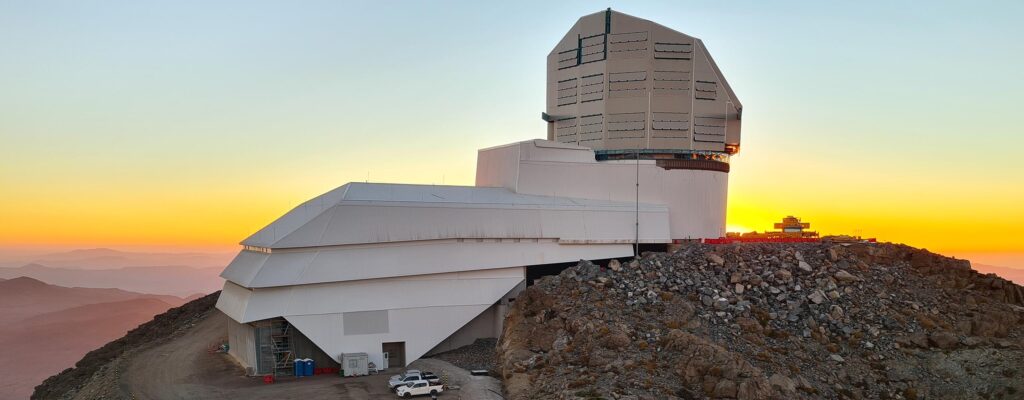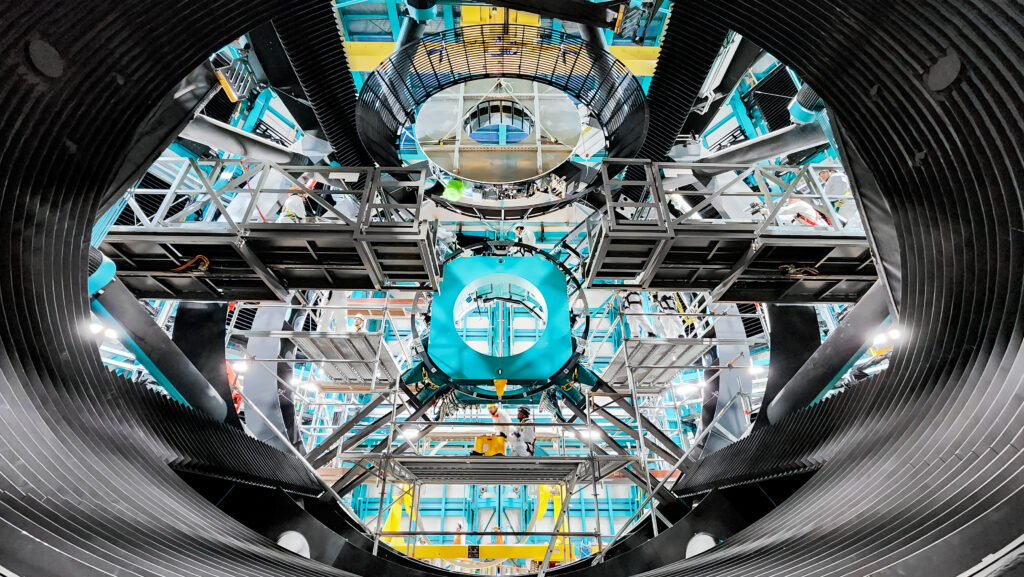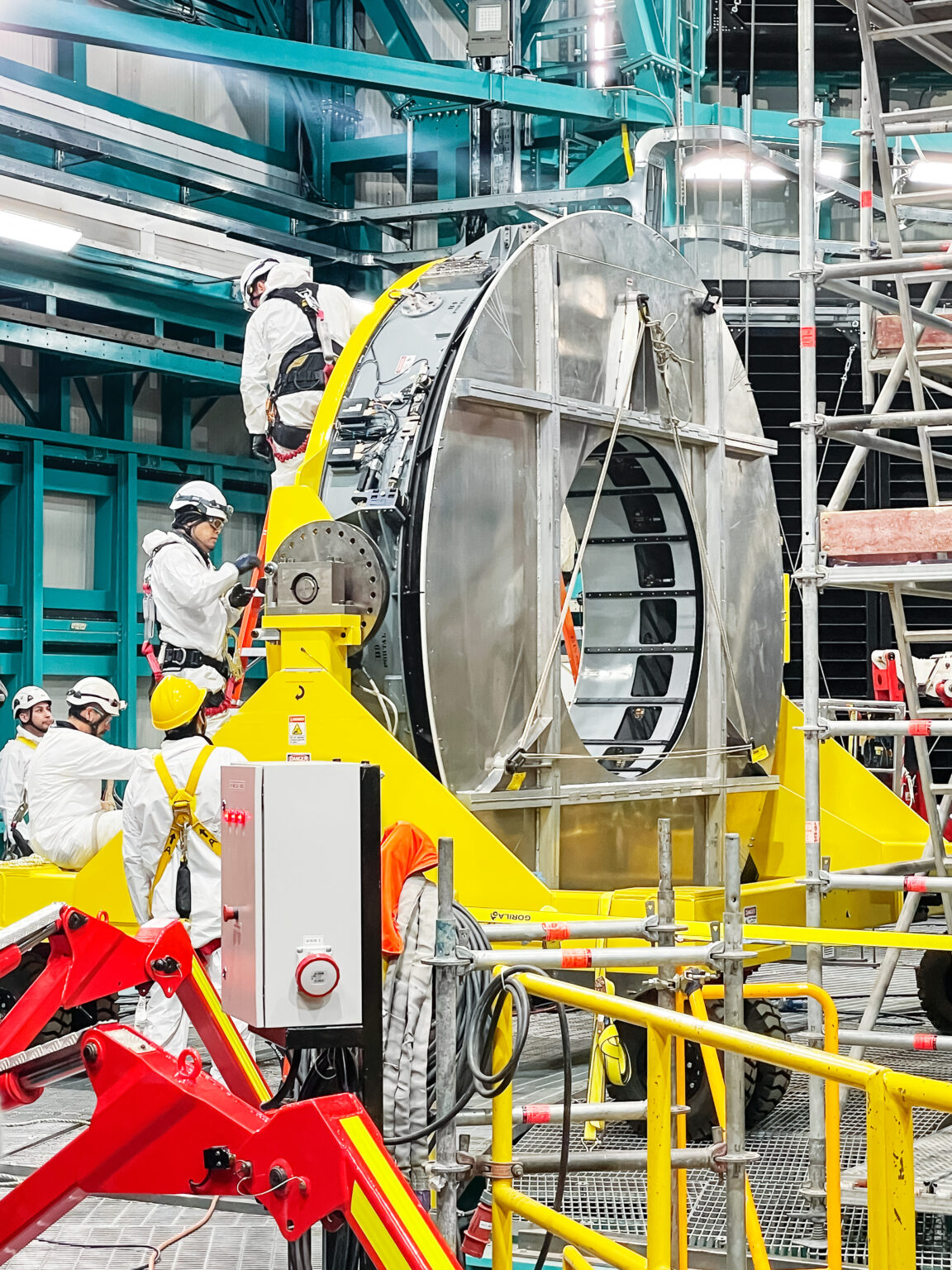Engineers have begun assembling the optical system of the Vera Rubin Observatory. They installed a 3.5-meter secondary mirror on the SST telescope.
New generation observatory
The Vera Rubin Observatory (formerly the Great Survey Telescope) is located on top of Chile’s Cerro Pachón mountain. The foundation stone was laid in 2015. The observatory is expected to be completed next year, after which it will start making scientific observations.

The heart of the new observatory is the 8.4-meter SST (Simonyi Survey Telescope), which has a very large field of view. This will allow astronomers to image large areas of the sky. After its commissioning, the observatory is expected to perform a ten-year survey of the entire southern sky. In the course of the survey, about 20 terabytes of data will be generated every night.
The main objectives of the Vera Rubin Observatory will be the study of dark energy and dark matter, mapping of the Milky Way and small objects of the Solar System (in particular, near-Earth asteroids and Kuiper Belt objects), as well as the search for supernovae and gamma-ray bursts. Their success depends on the performance of the SST optical system. It recently received its first permanent optical component, a 3.5-meter secondary mirror.
One of the world’s largest mirrors
The installation of the mirror was the culmination of years of meticulous work. It is one of the largest spherical mirrors ever created. The 10-centimeter-thick monolithic mirror blank was manufactured by Corning Advanced Optics back in 2009, then stored at Harvard University in Cambridge for five years. Next, it was polished by L3Harris. It also manufactured the mirror control system.

In 2018, the mirror was transported to Chile and stored at the observatory while work continued on the telescope’s mounting. It was coated with protective silver in 2019 and integrated with the mirror cell in 2024 before being mounted on the telescope.

Engineers will now focus on preparing to mount its main 8.4-meter mirror and the world’s largest digital camera, LSST, on the telescope. This work is expected to be completed by the end of this year.
According to Noirlab


